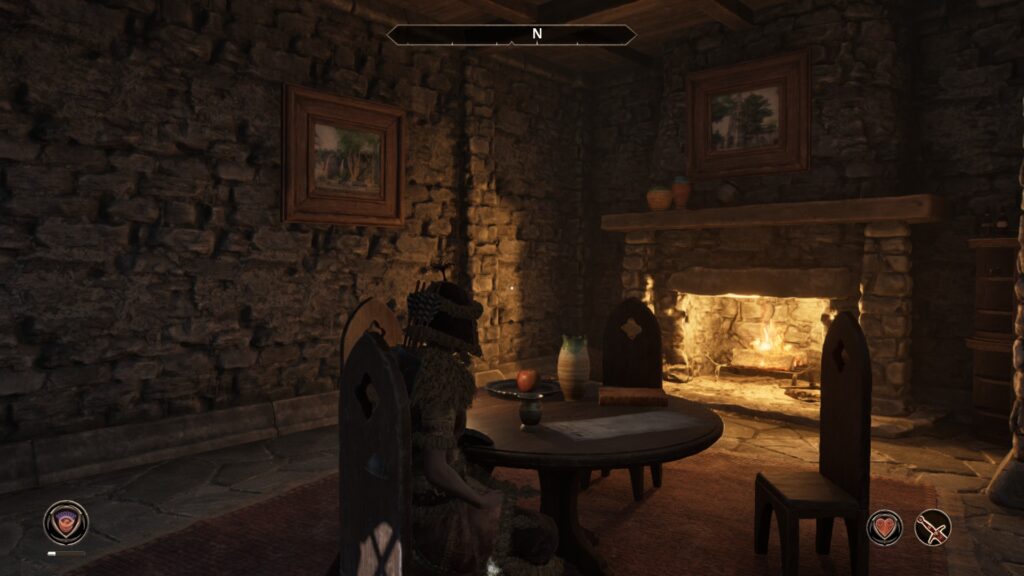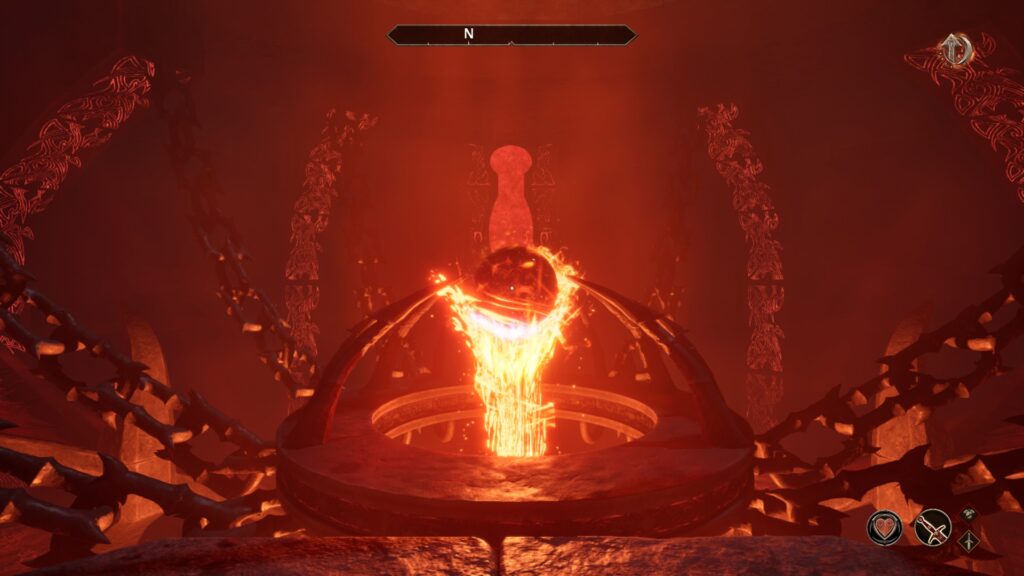Whether stepping into Cyrodiil for the first time or returning after so many years, a rich land to explore awaits those brave enough to face it. Oblivion is a meticulous remaster, perfectly preserving the legacy of the original 2006 release while modernising it for a new generation. If you’re new to the game, take a seat and read on. Should you be familiar with it, however, skip past the opening paragraphs, as those will mostly explain the basics before delving into the changes.

In Oblivion Remastered, you can select from one of ten races and three core class specialisations to explore Cyrodiil. Combat classes favour steel, armour and physical damage, spell-slinging and arcane knowledge await those of the Magic specialisation, and finally, stealth classes favour striking from the shadows.
While your starting Class provides a general playstyle indication, you’re free to apply attributes and perks however you see fit. Character creation allows you to build a foundation toward whatever suits your playstyle, but fear not, levelling and improving skills is simple. The more you engage with the systems, the more they improve. Going in swinging, or sneaking in the shadows, will improve your ability to do those things.
Understanding the strengths of your core class helps define the combat experience and can easily make or break your experience. Enjoyment comes from understanding the mechanics, how they interact, and most of all, how to break them for your amusement.

To fans of the original, you’re probably asking yourself two questions: “What’s new?” and “Is it worth it?” Yes, it is. Now go buy the game! In all seriousness, let me break down the improvements for you.
Immediately, you’ll notice the vastly improved visuals. By fully utilising UE5’s Nanite and Lumen technology, Oblivion looks superior in every way. Updated animations and models, dynamic weather and real-time lighting, and increased ambient details are a night and day difference compared to the original release.
Key characters are brought to life through amazing voiced talent that includes Sir Patrick Stewart, Terence Stamp, and Sean Bean. Additionally, facial expressions are now much more engaging, showing an emotional depth that is missing from the 2006 release. The beautiful animations, in conjunction with the amazing voice acting, deliver the same narrative but in a much more emotionally evoking way.

The beauty of UE5 is in full display when it comes to the dynamic weather. I stopped in awe during my first storm. The moon lit up the night sky while thunder flashed and rumbled in the distance, and the pitter-patter of rain surrounded me. The droplets covered my armour and skin, reflecting the glow of nearby fire. It was a beautiful scene.
The UI has also seen a facelift, receiving a full overhaul, improving upon the old system by redesigning the menus and interfaces. Finally, and most importantly, you can now sprint! Rejoice, we no longer move at a snail’s pace!
A new spell, Clairvoyance, has been added, guiding you toward your current objective. There are also a handful of new quests, and a heap of new Easter Eggs throughout. Other than that, the other changes are mostly trivial, offering things such as bug fixes or calculation changes, among other smaller tweaks.
THE ELDER SCROLLS IV: OBLIVION REMASTERED REVIEW
The Elder Scrolls IV: Oblivion Remastered takes the original 2006 release, improves on it by taking successful systems from Skyrim, and modernises the experience through UE5. It’s rare to see a remaster that has done more than simply slapping on a new coat of paint and a higher resolution. This remaster is an ode to the original, one that preserves its legacy.
PROS
Full graphical overhaul
Many notable QOL improvements
Levelling and combat overhauls help keep things fresh
CONS
Armour durability felt too low
Bethesda bugs
Reviewed on PC. A review code was provided by the Publisher for purposes of this review.
